Affiliate links on Android Authority may earn us a commission. Learn more.
Smartphone tripods: Everything you need to know
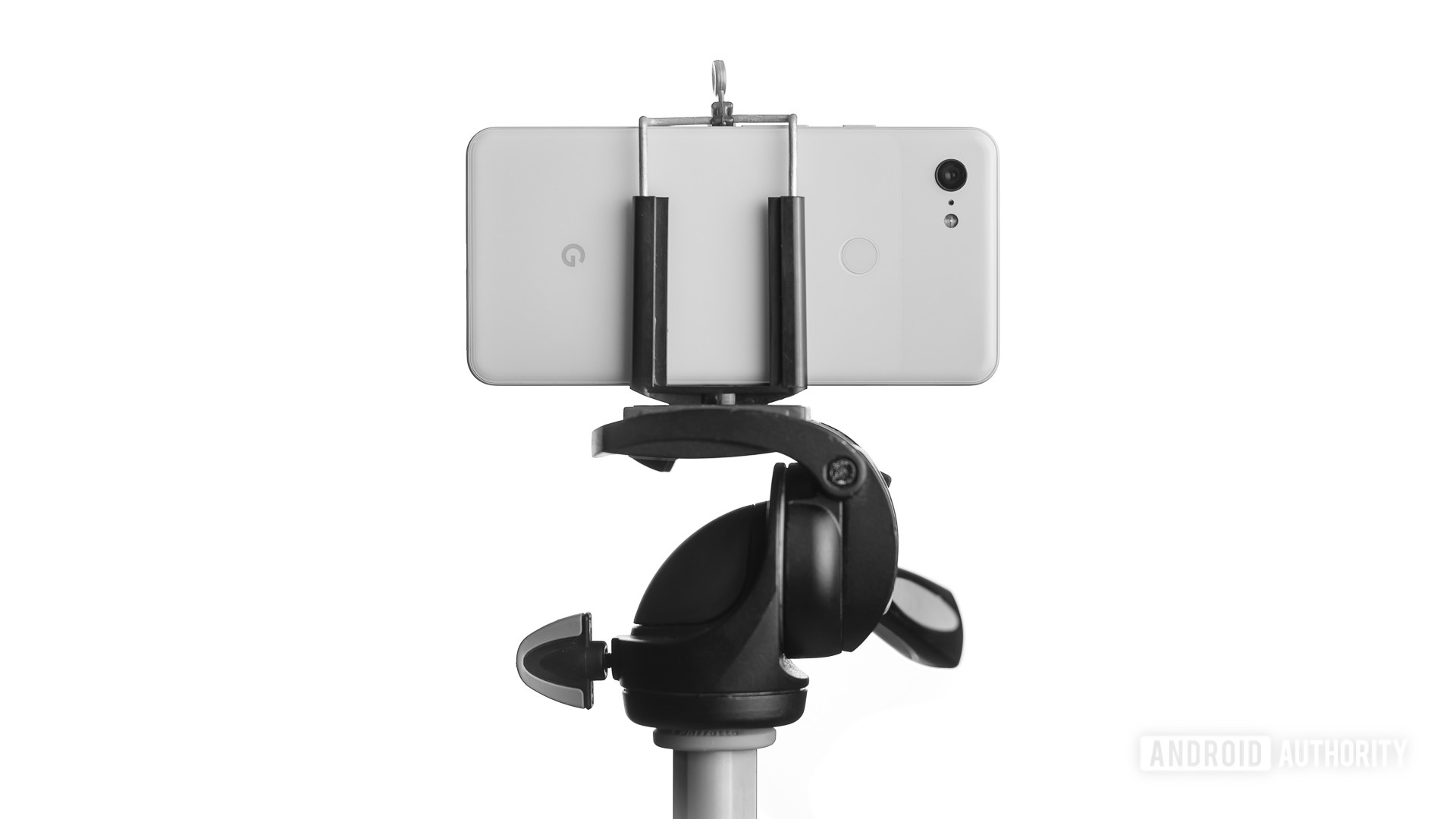
Smartphone photography has come a long way in the last decade. Most premium camera phones sport multiple lenses and pack great hardware to capture impressive imagery. Even if you don’t have the latest and greatest smartphone, you can boost your photography game with clever techniques and a phone tripod.
Read the linked article below if you want some beginner-friendly photography tips. This article will focus on tripods — what they are, how to use them, and which ones are the best.
Also read: These photography tips will help you take your photos to the next level
What are smartphone tripods?
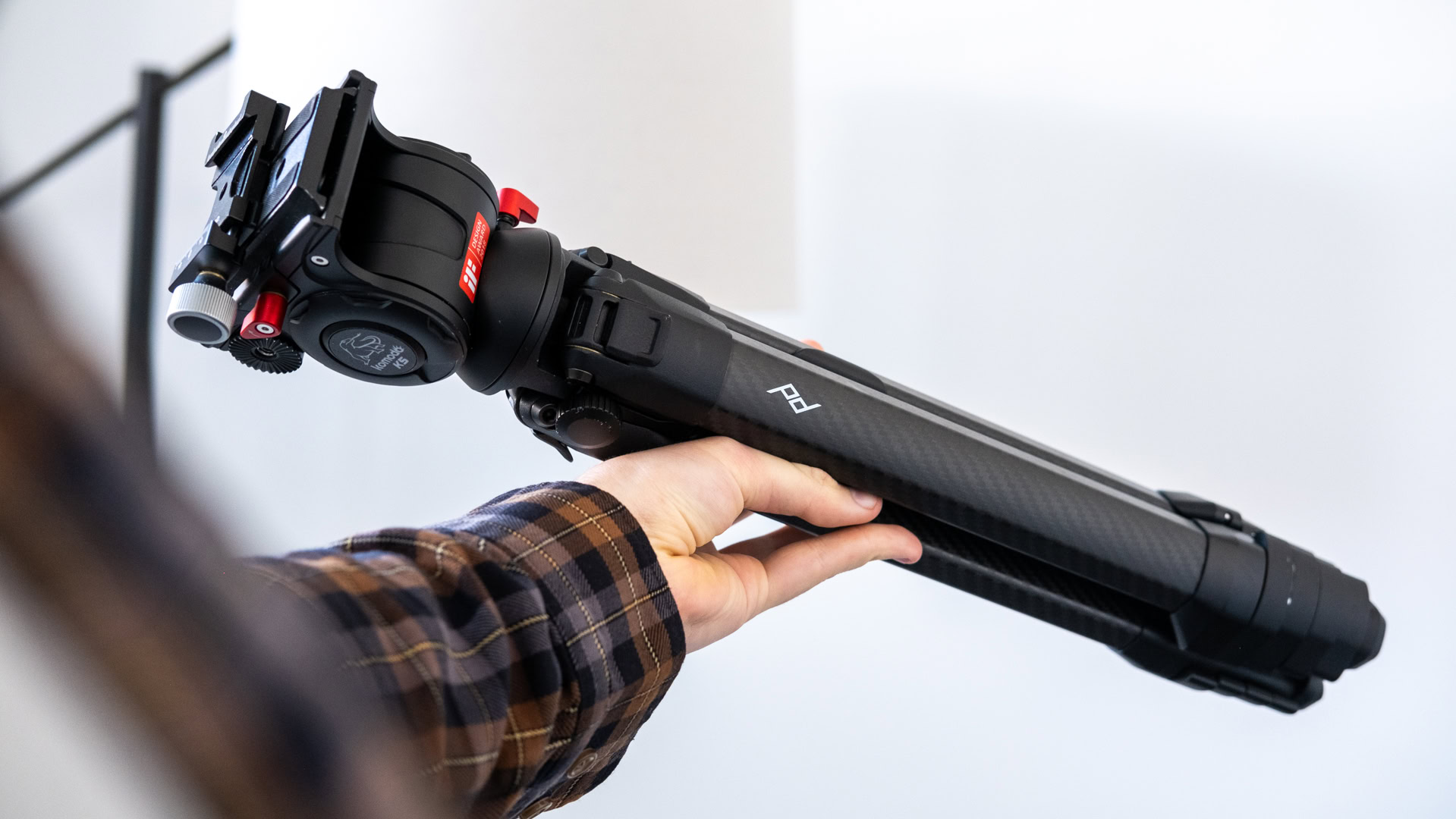
Tripods are stands with three collapsible legs, which can hold your camera static. They brace around a center post for maximum stability, with a smartphone or camera mount on top, as well as several joints so you can rotate and tilt your device.
The most significant difference between smartphone and DSLR tripods is that the latter are usually larger and sturdier since the camera’s weight and additional lenses are much greater than that of a smartphone. However, the main functions remain the same: stabilizing your shooter and allowing you to take well-framed shots.
There are several types of phone tripods:
- Traditional tripod: The most common is the conventional tripod with a smartphone mount. It has collapsible legs and can be made from various materials, including wood, plastic, carbon fiber, or aluminum. This smartphone tripod is the most versatile but is often the most expensive and heaviest of the bunch.
- Flexible tripods: The second type is smartphone tripods with flexible/foldable legs. These are often called octopus tripods, thanks to the shape of their legs. They can be folded and adjusted in multiple ways and used to wrap around objects. They are the middle ground between tabletop and more traditional tripods.
- Tabletop tripods: Finally, we have tabletop tripods, sometimes called tablepods. They are the smallest smartphone tripods around and may not even have legs because they are meant to be placed on a flat surface. However, tabletop smartphone tripods can be great for vlogging and other shots, which we’ll discuss later.
Why you should use a smartphone tripod
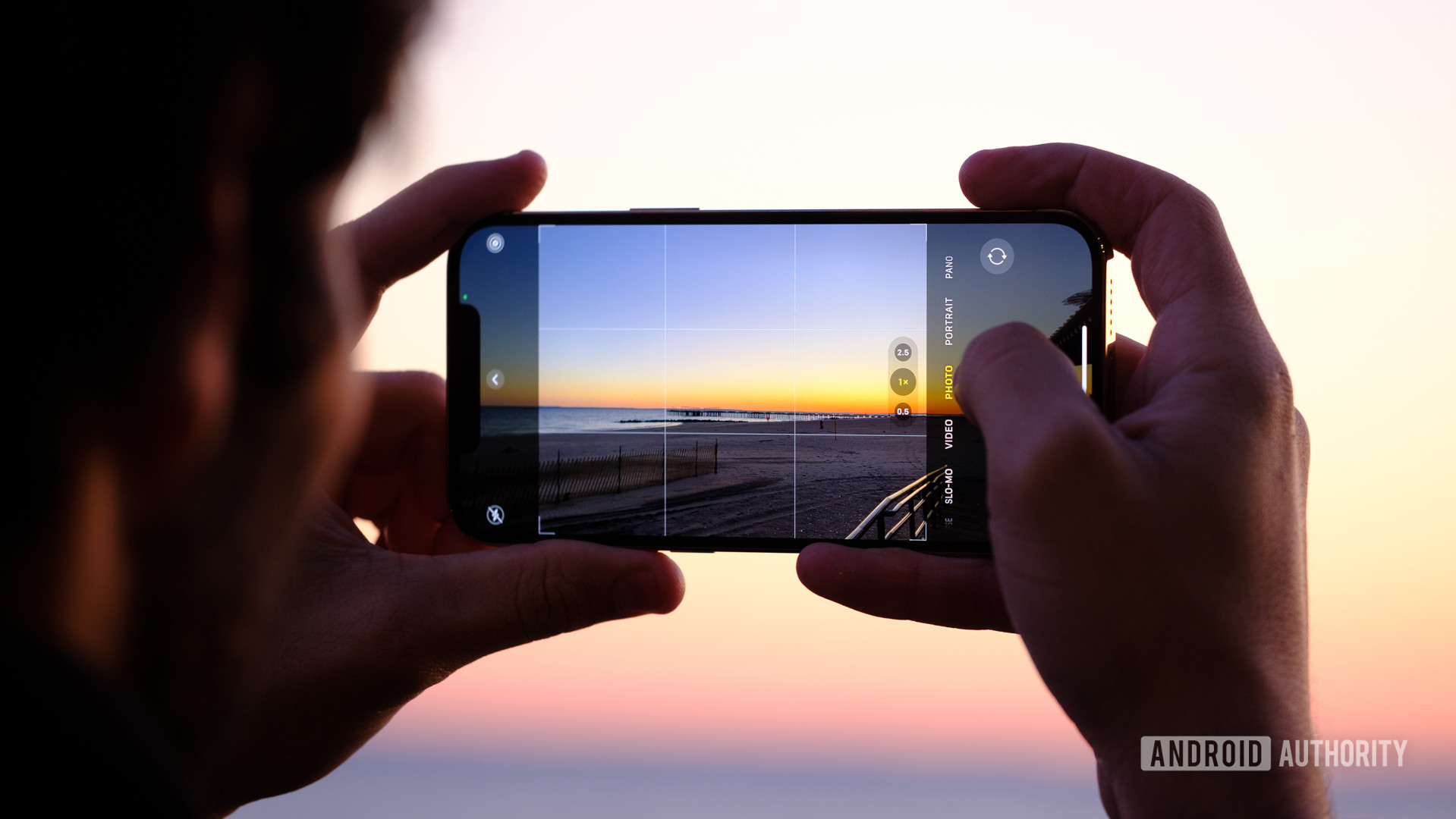
If you are getting into smartphone photography as a hobby, you might be asking yourself how a smartphone tripod will help you. Maybe you have a steady hand, and the stabilization alone does not seem worth it. However, a tripod can take your photography game to the next level with beautiful shots you would never be able to take by hand. Let’s get into a few of the main benefits.
See also: Photography terms explained
Long exposure
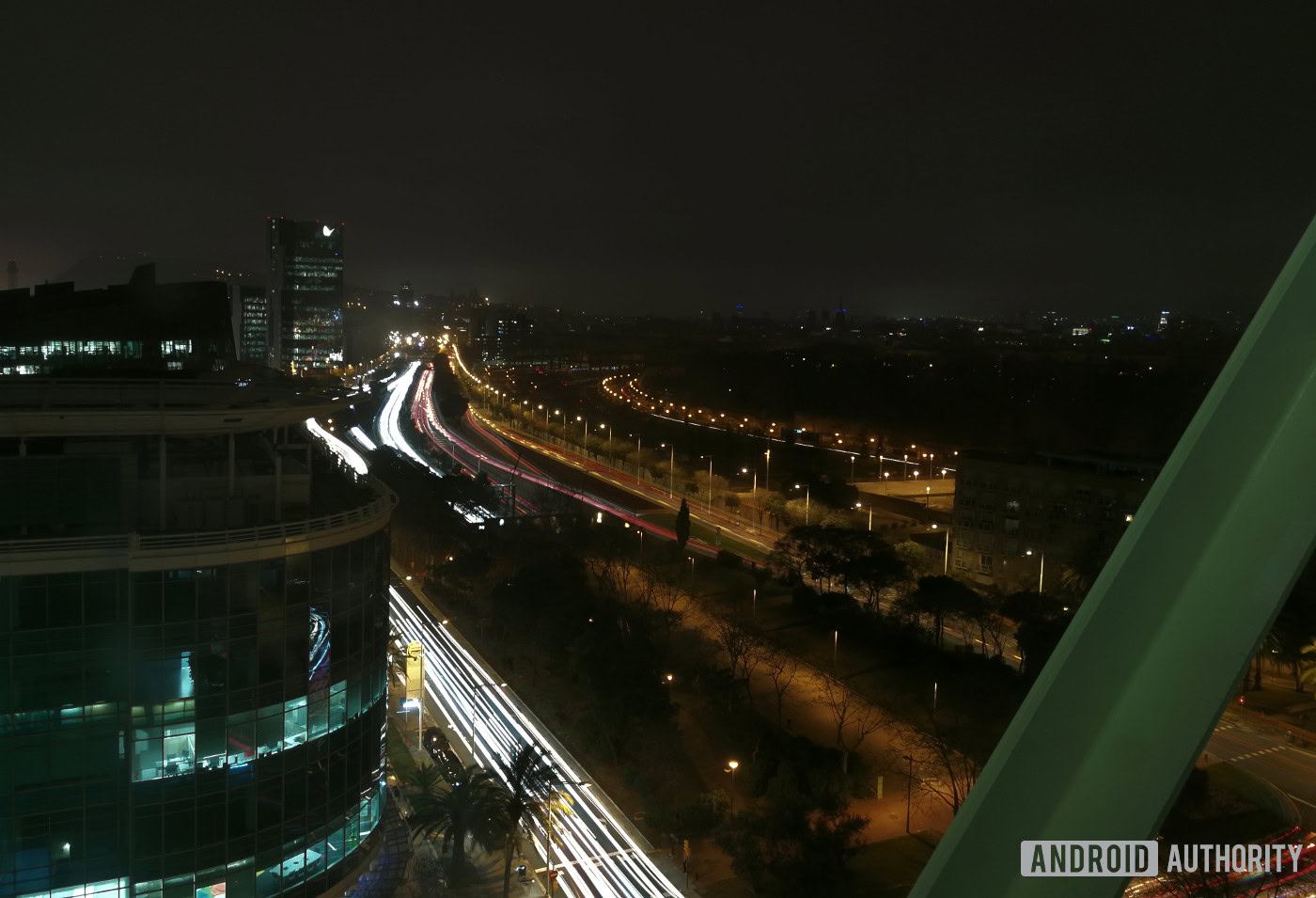
We’ve all seen those stunning photographs in which the lights of passing cars are transformed into streams of light flowing down the street. This is achieved using long exposure. To do this, you must use your smartphone’s manual or pro mode to extend shutter speed (click the link below to understand what this is), but for truly remarkable results, you need a smartphone tripod.
Check this out: What is shutter speed in photography?
Most photos are taken with a shutter speed of between 1/600th of a second and 1/4000th of a second, though in lower light, photos may go down to about 1/200. On the other hand, long exposure shots need the shutter to be open for at least a couple of seconds while the phone is entirely steady. This is usually impossible when holding your smartphone in your hand. Even the steadiest hands will move slightly, resulting in a blurry shot.
Night or low-light shots

Like long exposure shots, one of the best ways to capture fantastic photos in low light conditions or at night is to use lower shutter speeds. Even if you don’t use manual mode for night shots, but rather your phone’s dedicated Night mode, it is by no means perfect. This is why smartphone tripods are your best companion if you want to take breathtaking night photos.
Smartphone tripods will help reduce noise and blurriness. Even a Pixel 6 with its fantastic Night Sight can benefit from using a phone tripod. Moving objects are one of the few things Night Sight struggles with, but with a phone tripod, you can elevate your Pixel’s night photos from great to extraordinary.
Zoomed photos or videos

If there is one area that has immensely improved in smartphone photography in the last few years, it’s zoom. Smartphones like the Samsung Galaxy S22 Ultra now offer 10x optical zoom, which was unheard of until recently.
However, in videos that demonstrate the awe-inspiring abilities of such tech, you can clearly see that at great distances, even the slightest movement sends the framed shot flying. For example, if you want to take a picture of every gargoyle in a gothic cathedral, a smartphone tripod with a rotatable ball head is a must.
For better framing & panoramas

Panoramas also benefit significantly from being shot on a tripod-mounted smartphone. Your shots will be much steadier with fewer cut-off areas. Some smartphone tripods also allow you to take ground-level photos without having to roll around in the dirt.
A smartphone tripod can make you think more creatively and enable you to take better-framed shots.
A tripod can also make you think more creatively. It helps you take shots from various angles that would be impossible or impractical when holding your device in your hand. Even setting up the tripod gives you time to think about your shot and how to frame it.
See also: What are the M, A, S, P camera modes?
Video
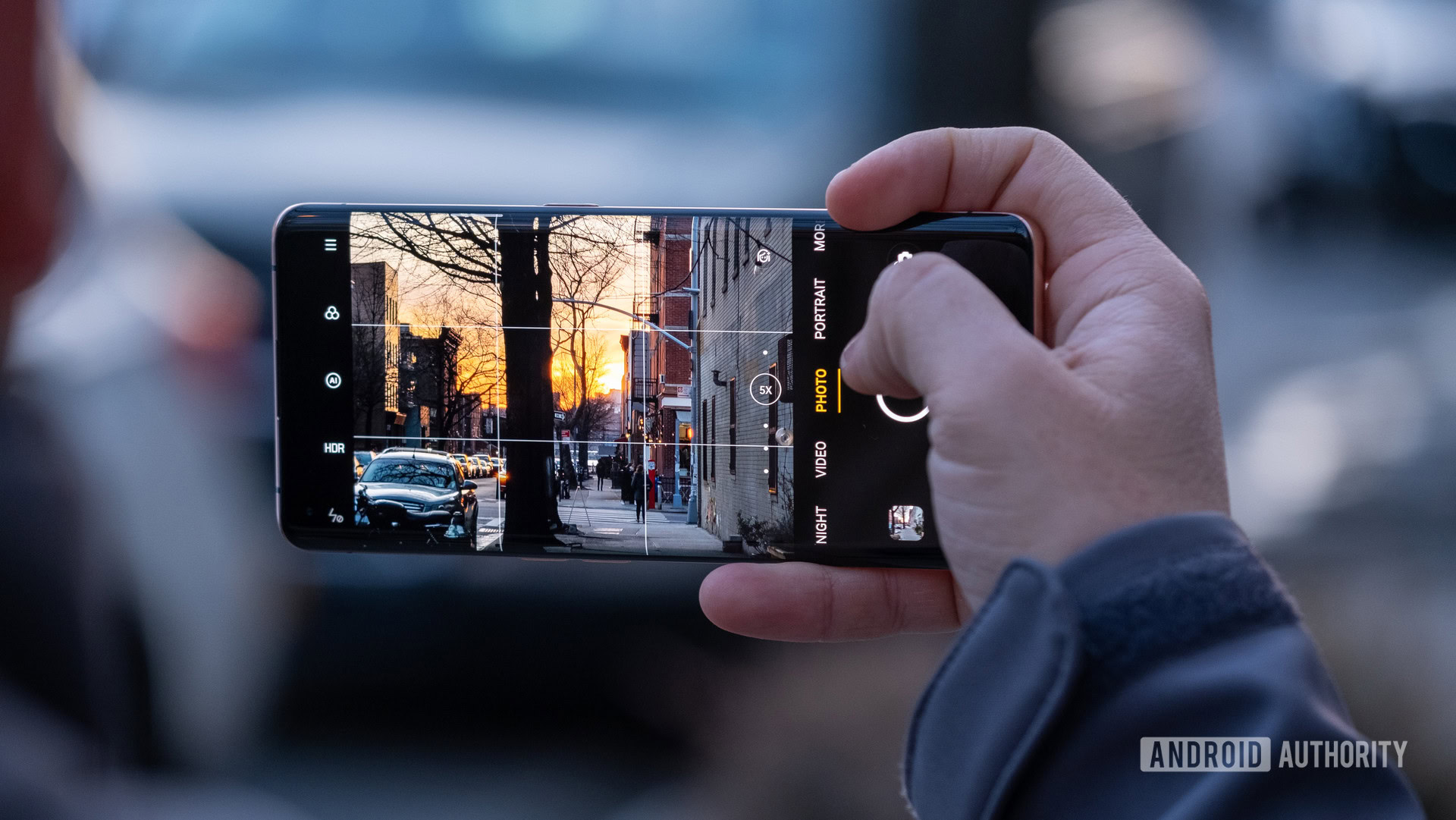
Probably one of the best use cases for tripods is shooting any kind of video. There is nothing worse than shaky, barely watchable clips. But if you opt for a lighter phone tripod, you can use it for filming timelapse videos and vlogging on the go, among other things.
Which smartphone tripod is the best for you?
As previously mentioned, different types of phone tripods suit different needs. We will look at the three most common ones and recommend the best we’ve found from each type.
Read also: Best smartphone photography accessories: Take your photos to the next level
The best tabletop smartphone tripod
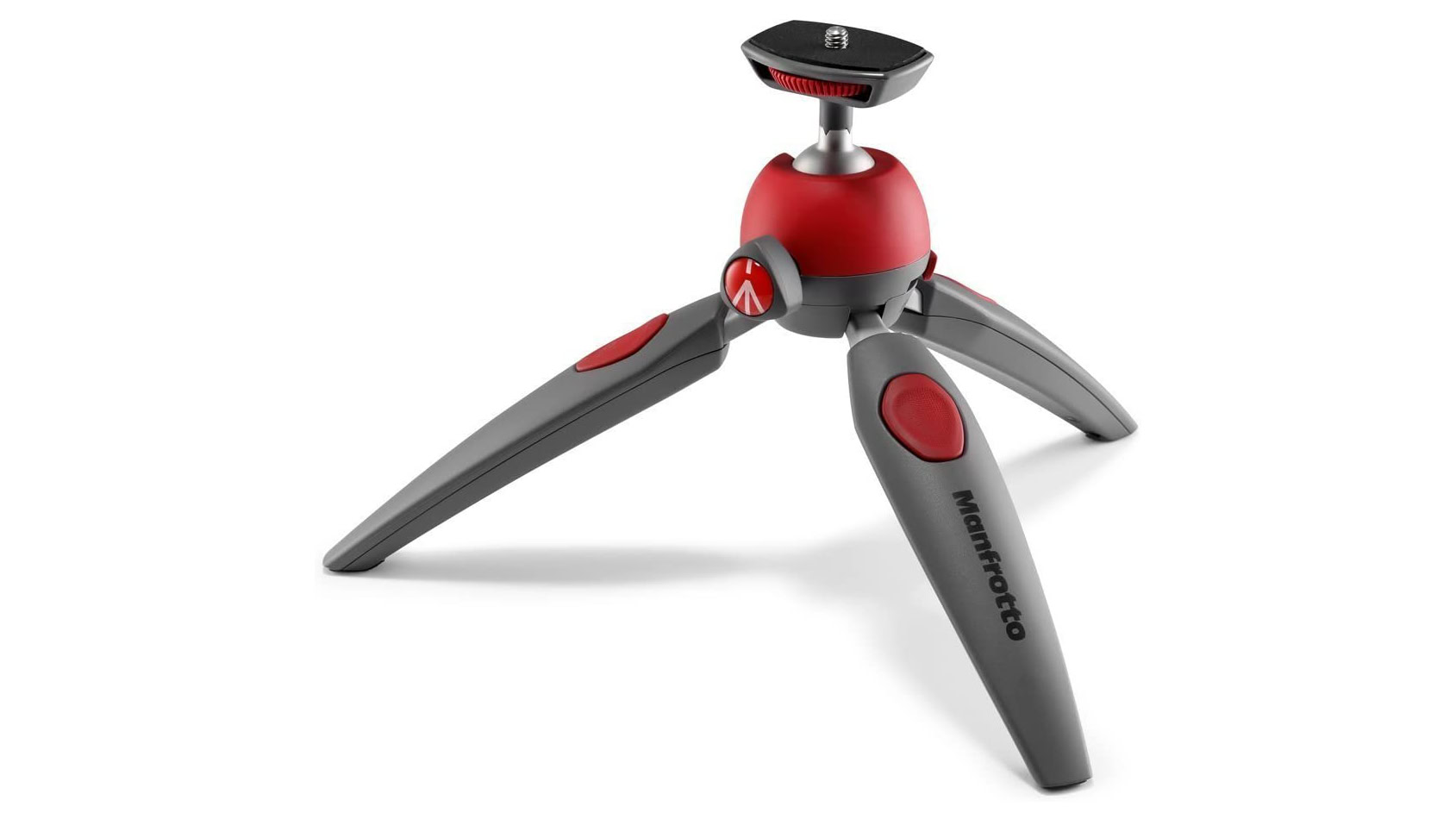
We recommend checking out the Manfrotto Pixi Evo as a tabletop option. It can support up to 5.5 pounds of equipment, which is impressive for a small and lightweight smartphone tripod. It’s sturdy, portable, and you can use it as a selfie stick when folded.
You will also need a smartphone clamp for tripods. Manfrotto sells a great one, but you can also look at other ones from third parties.
The best high-end tabletop tripod
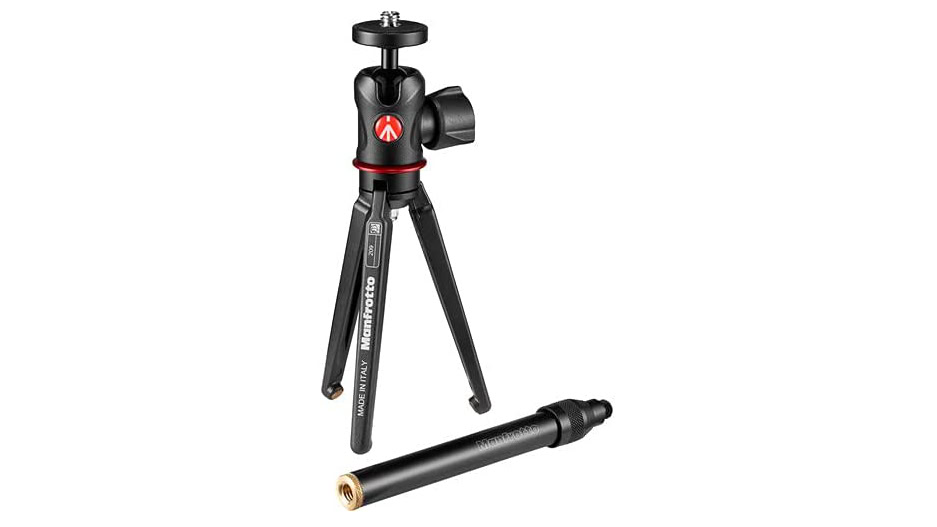
Manfrotto also offers a much more serious (and expensive) tabletop tripod. This is the Manfrotto 209 Table Top Tripod. It comes with a ball head mount for more versatility while shooting. You’ll get a much more robust aluminum body, which can carry up to 11lbs of equipment. You also get an extender, which you can utilize to raise your camera higher.
The best octopus smartphone tripod
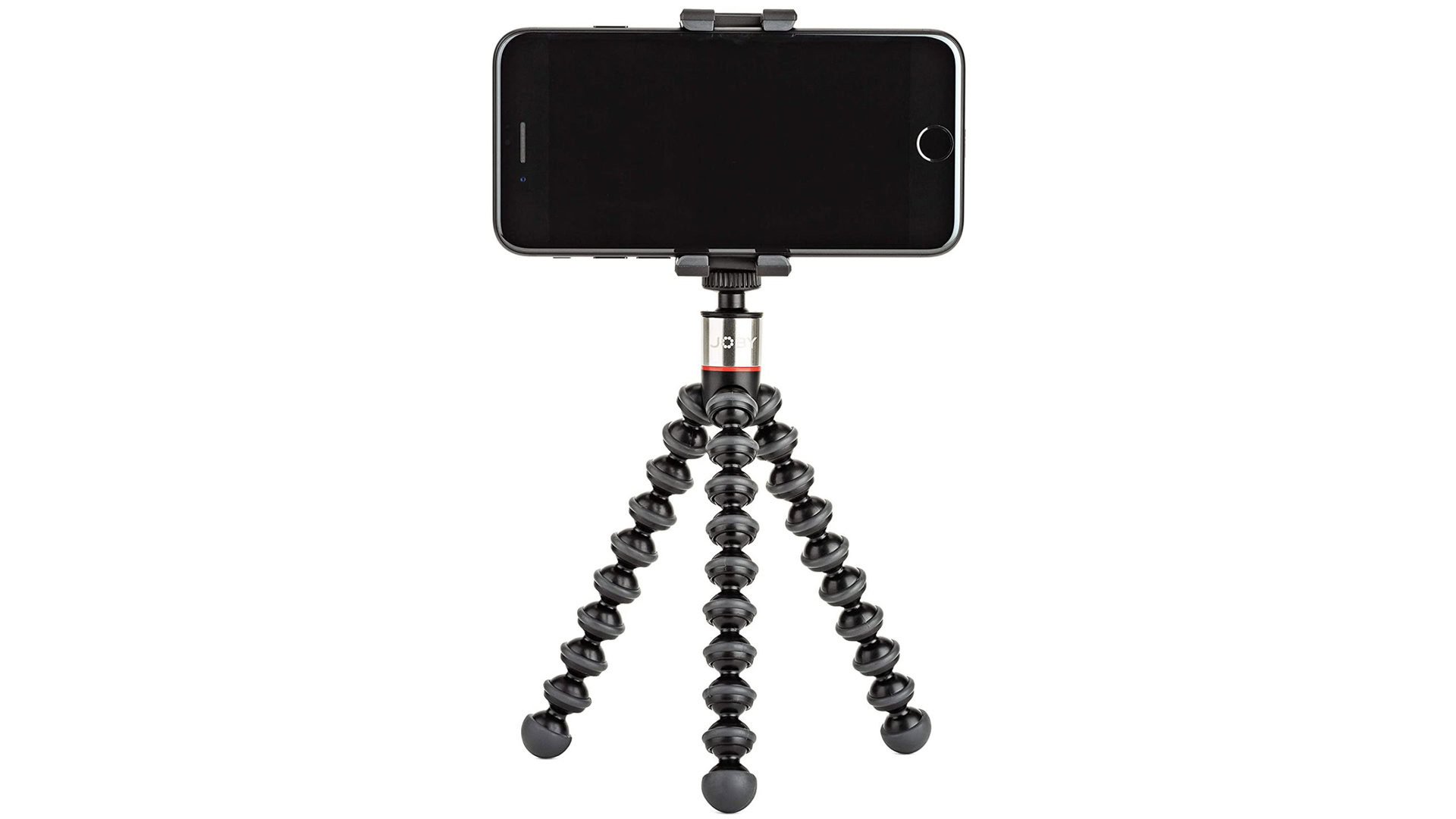
The smartphone tripod with flexible legs we would recommend is the Joby GripTight One GorillaPod Stand. It’s specifically made for smartphones, so don’t expect to double-task with a full camera, but the price is very reasonable. The package includes both the tripod and phone stand. It’s durable, but also portable. Its load capacity is 325g or 11.5oz.
Other GorillaPod versions can carry more equipment, but we recommend this one because it’s much more portable and affordable. To carry heavier devices, you should get something like the 1K kit.
The best traditional smartphone tripod
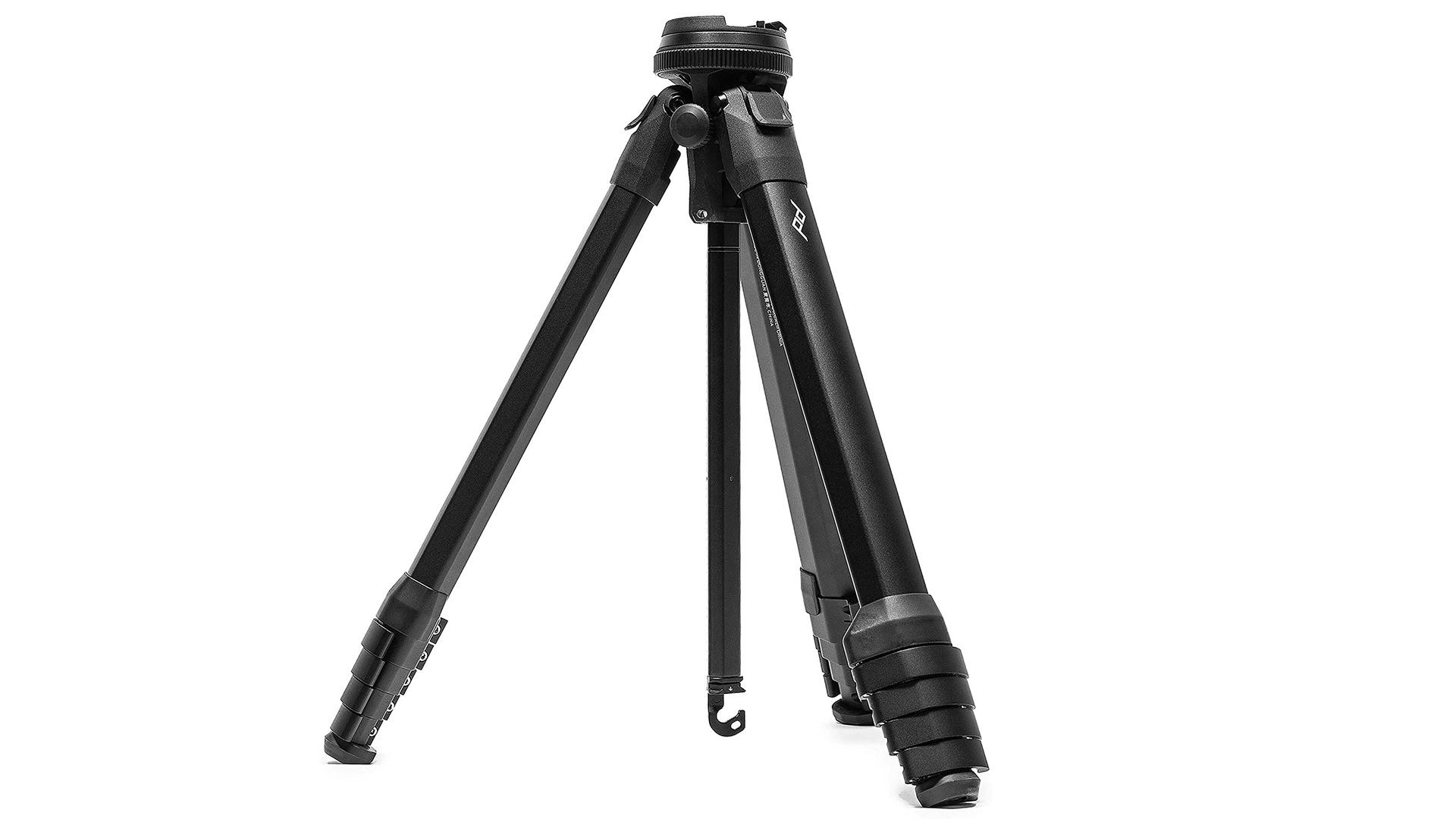
A traditional tripod offers the best designs, improved build quality, and stability. It will also be heavier, bulkier, and pricier, but the benefits are worth it. Especially since you can also use these for any traditional camera, lights, or other accessories.
Peak Design has earned the trust of the photography community with quality builds and gorgeous designs. The Peak Design Travel Tripod is smaller than your usual heavy-duty tripods, so you don’t need to hurt your back carrying around a bunch of weight. It has a 20lbs weight capacity, a built-in mobile mount, and a weight hook for stability.
The best smartphone tripod for video
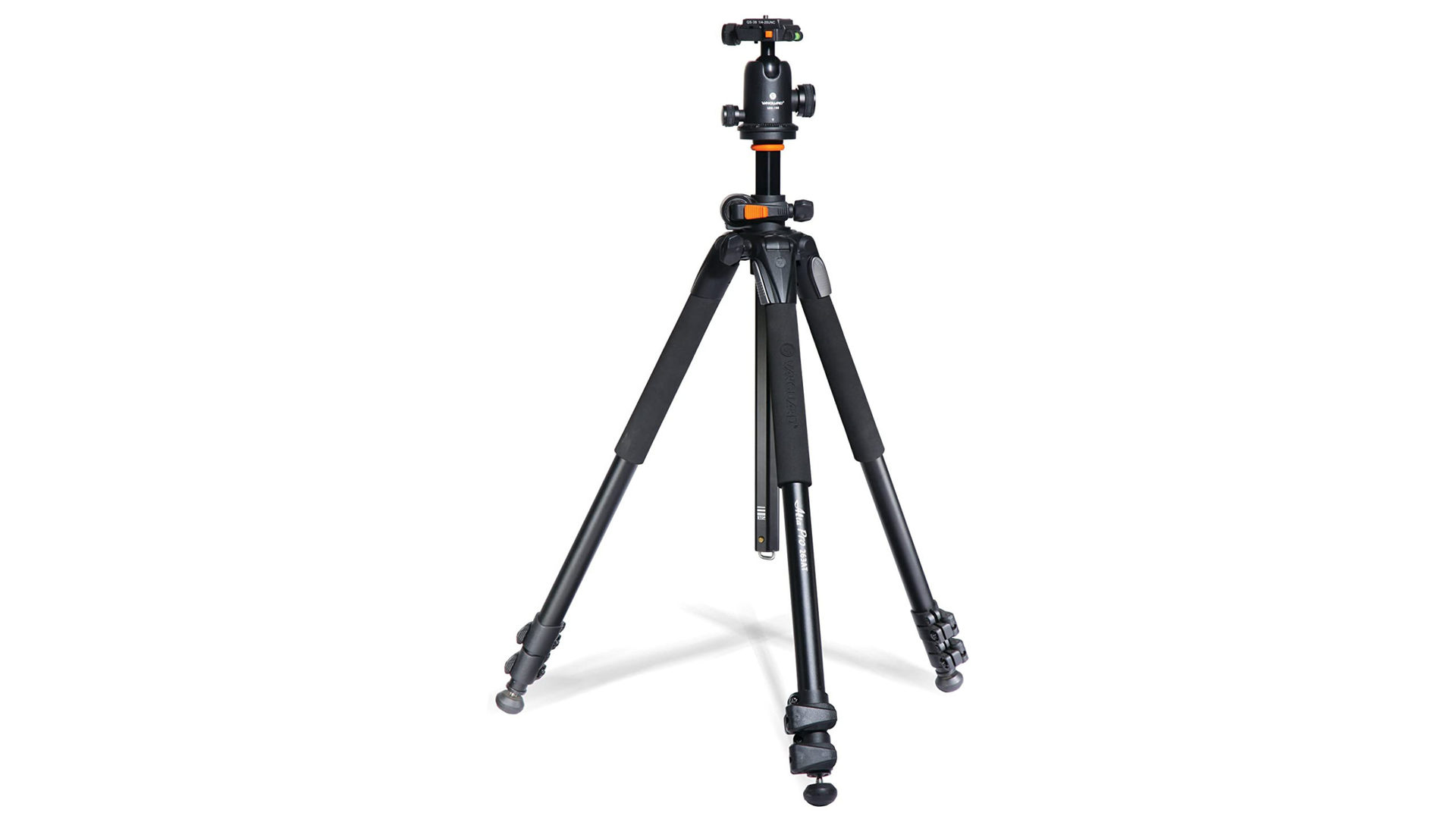
Have you ever considered getting a gimbal instead? These can serve as great alternatives, as you can technically use them as tripods. They can also stabilize your smartphone for smoother video, though. Learn more about these awesome tech gadgets in our list of the best smartphone gimbals.